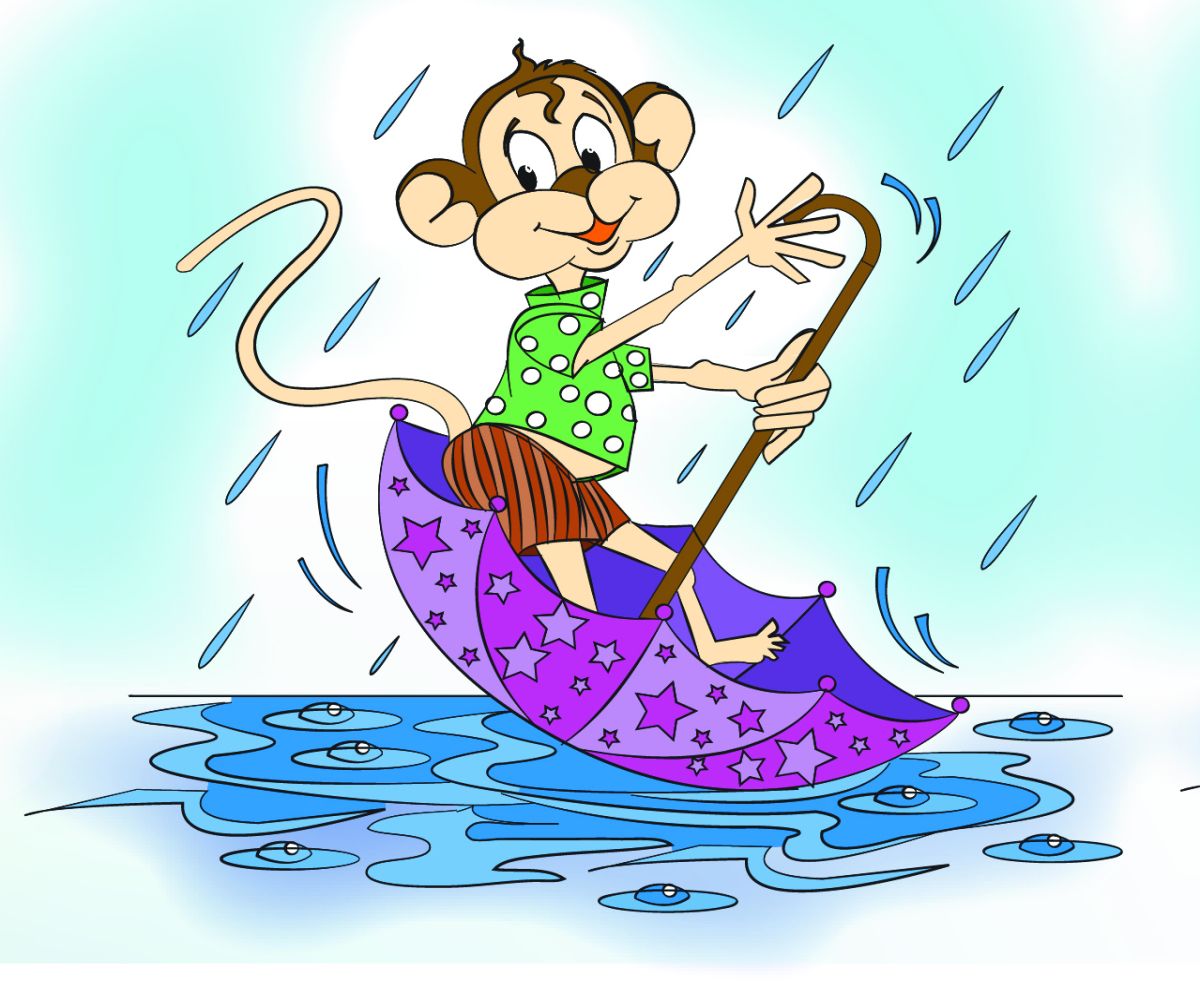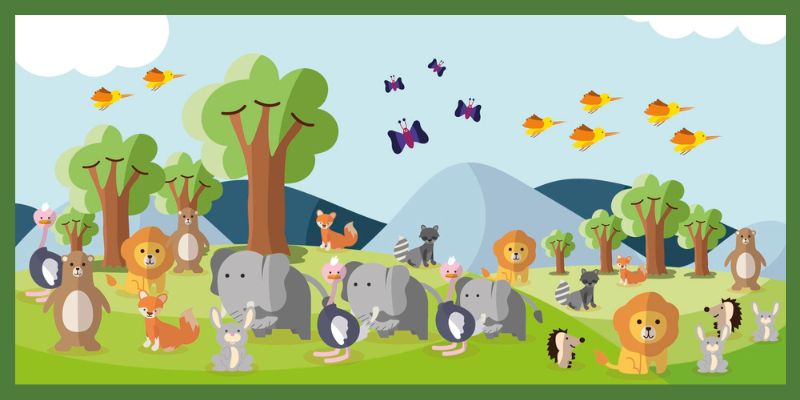We may look similar, yet there are 10 differences that set us apart. Spot them all.

There are 10 differences between the two pictures. Can you find them all?
We may look similar, yet there are 10 differences that set us apart. Spot them all.

What are wetlands? Why is World Wetlands Day celebrated? How can you help?
World Wetlands Day is an opportunity to learn about wetlands and why they need our urgent action. Here are answers to some Frequently Asked Questions (FAQs) about wetlands.
What are Ramsar sites? Where can you find them in India? Read on to find out.
February 2 is World Wetlands Day. This is a day celebrated every year to raise awareness about the vital role of wetlands and the need to restore and protect them. The date marks the adoption of the Convention on Wetlands on February 2, 1971, in the city of Ramsar in Iran.
Wetlands are areas of land that are covered by water or saturated with water either permanently or seasonally. They include swamps, marshes, bogs, mangroves, lakes, rivers, floodplains and so on.
Wetlands that are of ecological, biological and hydrological importance are identified and designated as Ramsar sites. There are over 2,400 Ramsar sites in the world, covering more than 2.5 million square km. India has 75 of them, including 19 that were added in 2022. At 14, Tamil Nadu has the highest number of sites in the country, followed by Uttar Pradesh at 10.
Click on the hotspots in the map to learn about some fascinating Ramsar sites in India.
Map not drawn to scale.
How many lions and how many bears? How many butterflies and how many trees?
It’s time to unwind with a fun counting task. Take a look at the below picture and count how many of each animal/bird are there.

Can you guess the colours which were derived from these unusual ingredients?
Acrylic paints, wax crayons, charcoal pencils, the blackest black…today, the different types of colours and mediums are just an art store away. But centuries ago, that wasn’t the case. Artists had to come up with innovative concoctions to create a colour of their desire.
Intrigued by this, historian Edward Forbes travelled around the world collecting unique and rare pigments used by artists, specifically to authenticate classical Italian paintings. Slowly, his collection grew to include more than 2,500 different specimens! Each one had its own distinct blend, origin, and raw material.
Here are a few pigments from his collection. Can you guess the colour derived from these main ingredients?
Are you ready to be the doctor and investigate the fracture?
A fracture is a break in a bone. It could happen when something hits your bone with a force that is enough to damage/break it. Fractures range from small cracks to complete breaks. There are different types of fractures depending on the type of breakage and intensity. Let’s take a look at a few of them.
Match the images to learn more about each type of fracture.
Download a graphic that tells you all about wetlands in a simple manner and then play this interactive game.

Did you know that around 660 million people depend on wetlands? Or that this unique ecosystem supports around 100,000 species?
With World Wetlands Day around the corner, here is a graphic that tells you more about why wetlands are important. Click here to download.
Image courtesy: ramsar.org
Now that you have learnt more about wetlands, try this activity. Below are the letters of the word ‘wetlands’ arranged in a flower pattern. You have to find four-letter, five-letter, six-letter and seven-letter words from these letters. The central letter must be included in each word. There are 25 words. How many can you find?
Wetlands are nature’s way of protecting the land. They are sponges that collect and store water for the future.
A wetland is an area where water either covers the soil or is present at or near the surface for long periods throughout the year. Wetlands, support aquatic as well as terrestrial species. Because water is present in the soil many types of plants grow here.
Some of the world’s largest wetlands are the West Siberian Lowland, Amazon River Basin and Hudson Bay Lowland. The world’s largest protected wetland is Llanos de Moxos, located in Bolivia. It is more than 17 million acres—roughly equal in size to North Dakota.
Wetlands are important because they act as filters and trap pollutants such as phosphorus and heavy metals in their soils, transform nitrogen into a simpler form making it easier for plants to take in and also break down bacteria.
Wetlands take on many forms like rivers, marshes, bogs, mangroves, mudflats, ponds, swamps and so on.
Do you think you can identify the different forms in this grid?
Restoring a wetland is crucial, but challenging. So, what does it involve?
Wetlands are an integral part of our environment. However, how much do you know about them? Check out this course presentation to learn more.
What does a telescope signify? Or a microscope? Find out with this interactive game about science.
As you enter a laboratory or a Science building, you will see plenty of icons. Do you know what they mean? Play this game and guess which scientific subject this picture represents.